By Barry Porter
By the spring of 415 bc, a peace treaty between the warring city-states of Athens and Sparta had held firm for six years. The savage and unrelenting Peloponnesian War had come to the point where both sides realized that neither was in a position to vanquish the other. Peace seemed the logical choice—at least until the rivals could replenish their armed forces and come up with a new battle plan. That spring, Athens took a decisive step in that direction.
The Athenian Invasion of Syracuse
The year before, two cities on the island of Sicily had sent ambassadors to Athens to ask for help with their troublesome neighbor, Syracuse. Athens had intervened in the past to block Syracuse’s various expansions, but these attempts had been weak at best, more diplomatic than warlike, and easily rebuffed by a talented Syracusan general, Hermocrates. Now Athenians considered the advantages of taking over the entire island. Not only would it provide them with additional allies in the simmering war with Sparta, but it would also cut off a vital trading partner of Sparta and its supporters.
One of the Sicilian cities, Segesta, offered Athens 60 talents of silver, enough to equip 60 warships for a full month. Three Athenian commanders—Nicias, Alcibiades, and Lamachus—were chosen to lead the expedition. The outspoken advocate for the invasion of Sicily was the youthful and excitable Alcibiades, a charismatic adventurer who had caught the imagination of many Athenians. He argued that the fight against Syracuse would be comparable to Athens’ struggle against Persia 70 years earlier. His chief nemesis in the debate was Nicias, the architect of the fragile peace with Sparta. Nicias felt that Athens should not become involved in a war in Sicily—that they should not waste resources, money, or men in a distant fight when nearby Sparta was close to rebuilding her own forces. Lamachus, the third leader of the expedition, was chosen mainly to help break the inevitable deadlock between the other two men. He supported the invasion, but he also respected Nicias’s position.
Seven Athenian ships were sunk and several others damaged by a Syracusan counterattack, stranding the Athenian invaders on the island of Sicily. From a 19th-century wood engraving.
After much debate, the Athenian Assembly decided to send 60 ships to Sicily, but no more. They hoped that Segesta and other allies on Sicily would provide the armies to fight the Syracusans while Athens confronted them on the high seas and in their harbors. If they were successful, Athens and its allies would control Syracuse; if they were defeated, the loss would be relatively small. It was a reasoned, cautious response.
A few days later, a second debate commenced, and Nicias made the first of many serious mistakes. After Alcibiades bragged that Syracuse was not as powerful as everyone thought, Nicias realized that Athenian enthusiasm for the invasion had risen. He wanted to scare the Assembly into accepting his more diplomatic approach, and in the heat of the debate he exaggerated Syracuse’s power and the amount of Athenian resources it would take to defeat the Syracusans. Nicias insisted that Syracuse was fully prepared to mount a major battle against any invaders. They had the numerical advantage, plenty of food, and better communication with their leaders. If Athens were to have any hope of conquering Syracuse, Nicias argued, the expedition would have to be larger, stronger, and more expensive.
The Assembly agreed with him. Rather than abandon the invasion, however, the lawmakers felt the expedition should be enlarged, despite the costs. Their eagerness had bloomed under Nicias’s gloomy predictions, and he had inadvertently set into motion a potential disaster. Upon his advice, the Assembly dispatched 134 triremes, 5,100 hoplites, and thousands of light infantry to Syracuse.
Heresy in Athens
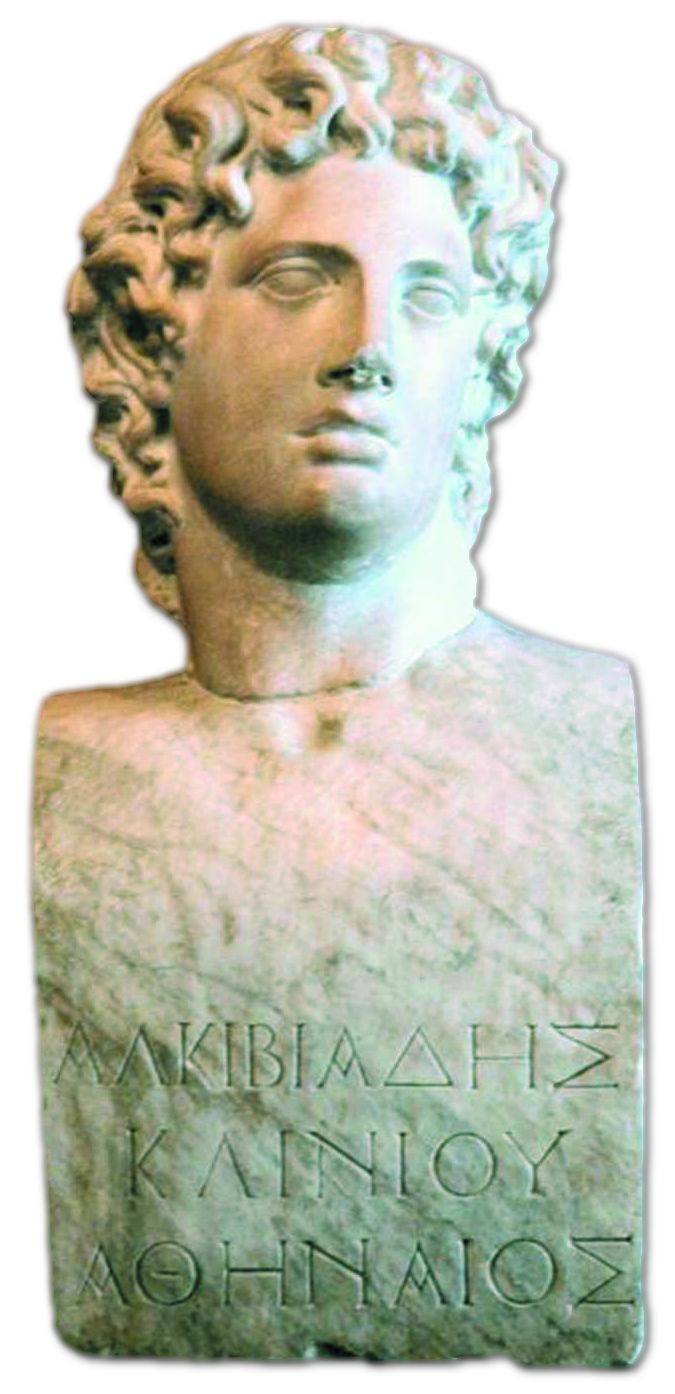
Before the three generals embarked with the armada, a strange religious heresy struck Athens. On the morning of June 7, Athenians awoke to find that numerous statues of Hermes distributed throughout the city had been desecrated. Hermes was the god of travelers, and the affront was widely interpreted as an attempt to stop the expedition. The Assembly offered rewards and immunity to any eyewitnesses to the crime. Eventually, several came forward and accused Alcibiades. He denied the charges, which he said came from his political enemies, and insisted that he be put on trial under penalty of death to prove his innocence. He wanted above all to avoid being tried in absentia, when his supporters—mostly the soldiers and sailors who would be joining him on the expedition—would be gone and his enemies would have free rein. Instead, Alcibiades was encouraged to leave on schedule and return to stand trial after a successful military campaign, when his popularity would be even greater. He agreed, much to his later regret. In June the Athenian forces, fully supplied thanks to private donations and money from the Athenian treasury, headed for Corcyra, an island off Greece’s western shores, to rendezvous with their allies. According to the historian Thucydides, it was the most expensive invasion force yet dispatched from a single Greek city.
The leaders of Syracuse were not totally ignorant of the forces being arrayed against them. Hermocrates, who had been instrumental in kicking Athens out of Sicily nine years earlier, goaded the people of Syracuse to do so again. He argued that they should seek help from Sparta and Corinth, Athens’ traditional enemies, as well as cities in Italy and Carthage in North Africa. The Syracusans were not entirely convinced of the threat until word came that a massive Greek force had landed at Rhegium, in southern Italy. Suddenly the certainty of war was driven home. Syracusans began to prepare for battle.
While the Syracusans readied themselves, the Athenians found a place from which to launch their attack—Catana, a Sicilian city 40 miles north of Syracuse. Earlier, Alcibiades had sent 10 ships into the harbor at Syracuse to provide reconnaissance and call out surrender terms to the enemy. The Greek ships found no waiting fleet, no soldiers on the beach, no sign that Syracuse was prepared to fight. They returned to Alcibiades with the good tidings, not realizing that Syracuse was busy preparing for a land battle, not one at sea.
Alcibiades’s confidence was soon dampened by his own countrymen. The Athenian Assembly had continued its attack on him once he was gone, reviving the charge of sacrilege. Alcibiades’s enemies pressed for his arrest. Although they finally settled on a lesser charge of mocking a religious rite, the state trireme Salaminia was sent to catch up with the armada and bring Alcibiades back to Athens for trial. Salaminia arrived at Catana and Alcibiades was arrested. He promised to follow the ship back to Athens, but at the first opportunity he turned his trireme toward Sparta, escaping both his guards and his trial. In Athens, he was convicted in absentia and sentenced to death. His property was confiscated by the state.
The sudden turn of events left Nicias and Lamachus in charge of the expedition. Nicias, the stronger leader, did not feel that he could return to Athens without achieving some sort of victory in Sicily. He attempted unsuccessfully to attract allies from around the island. Valuable time passed as he debated what course to take. The element of surprise was lost. Even worse, Nicias had neglected to include a large group of cavalry on the expedition, perhaps because of the difficulty of transporting horses across the sea. It would prove to be a grievous mistake. Syracuse had a large, well-trained cavalry ready to charge the Athenians at the first opportunity.
A Repulsed Landing on Syracuse
Nicias decided to attack. Luring the Syracusan forces to Catana, he led his own navy into the Syracuse harbor near the Anapus River. Once on land, the Athenians built trenches and other fortifications to defend themselves. When the Syracusan army returned from their long, pointless trip, they found the Athenians ready and eager to fight. The Athenians were ranged in a line eight soldiers deep. Their left flank was exposed to attack by the enemy’s 1,200 cavalry, so they crossed the river and used its natural bend for protection. Their right flank bordered the open waters of the harbor and marshland. On both sides, Nicias placed archers to counter any cavalry attacks.
The swiftness of the Athenian advance surprised the Syracusans. The clash was hard and loud. The skies seemed to echo the assault, booming with thunder and slashing with rain. The tumult frightened the Syracusans, who lacked the long experience in warfare that the Athenians possessed, and the discipline of the Athenian army carried the day. The Athenian right wing forced the Syracusans back, and the center pushed forward and broke the enemy line. Syracusan soldiers ran for their lives. If Nicias had possessed adequate cavalry, he could have killed or captured the fleeing soldiers immediately. Instead, the Syracusans used their own cavalry to cut off the pursuing Athenians and save the lives of their compatriots. In the first clash between the two sides, Syracuse lost around 260 soldiers, Athens only 50. But outright victory had escaped Athens. It would not be the last time.
Realizing that the enemy was regrouping, Nicias ordered his forces to retreat to their ships and sail back to Catana. He sent an after-the-fact request for cavalry and more money, and again tried to garner allies on the island of Sicily. While he waited, the Syracusans regrouped. Hermocrates convinced Syracusan leaders to increase the size of the army by drafting poor men into the ranks. He made the war effort more manageable by reducing the number of generals from 15 to three (including himself), with full powers unrestrained by the assembly. Meanwhile, he placed forces in areas where he thought the Athenians might try to land and sent word to the Spartans asking them to mount their own attacks on Athens back in Greece. Finally, Hermocrates extended the city walls to make it more difficult for the Athenians to conduct a siege.

The Siege of Syracuse
Neither side attacked during the winter. Nicias drifted ineffectually, seeking allies, demanding supplies, and achieving little. As the spring of 414 bc bloomed, however, so did Athenian morale. They seized a strategically important position, a plateau called Epipolae that overlooked the city, and built a fort along its northern cliffs where they could store their supplies. Soon afterward, a force of 650 Athenian cavalry arrived, and Nicias ordered siege walls to be built around Syracuse to isolate it from outside help. Syracusans started to construct a counterwall, one that would cut across the intended line of the Athenian wall, but their plans were thwarted by 300 hoplites and a corps of light infantry that drove off the Syracusans and destroyed the counterwall.
The Athenian siege wall continued to grow, extending across the Epipolae to the Great Harbor in the south and surrounding a large part of Syracuse. The Athenians moved their fleet into the harbor while their soldiers held the plateau above. Then they attacked. Lamachus led the soldiers by himself—Nicias remained in his fort on the Epipolae plateau, ill from a kidney infection. Leading his men across the Lysimeleia marsh by using planks and doors to cross the soft ground, Lamachus seized the initiative. The Syracusans again were taken by surprise; half their army fled back into the city, the other half raced toward the Anapus River. Three hundred Athenian hoplites moved to cut them off, but they found themselves cut off in turn by the Syracusan cavalry already waiting at the river. The cavalry pushed back the hoplites and then struck the Athenian right wing.
The Athenians scattered. Lamachus, stationed on the left wing, rushed to their aid, but found himself suddenly trapped on one side of a ditch. He was quickly surrounded and killed and his body carried off by the Syracusans to their fort at Olympieum, south of the city. It was a major blow to the Athenian campaign. The boldness of their previous attacks on the Syracusan walls had probably been devised by Lamachus, considering the hesitancy of Nicias, and now his leadership had been eliminated.
The Syracusans continued their counterattack, capturing the siege walls from the plateau down to the harbor. They nearly captured the fort where Nicias lay. Nicias had enough presence of mind, however, to order his men to build a great fire, which had the dual purpose of driving back the enemy while also warning the Athenians on the plateau and the beach that their fort—and general—were in great danger. The hoplites rallied, despite the loss of Lamachus, and pushed the Syracusans back behind their city walls. Then they raced to their remaining leader’s rescue.
After catching their breaths, the Athenians rebuilt the wall to the south and continued building one to the north. Syracuse was now in dire straits. Help from Sparta and the rest of the Peloponnese did not seem imminent. The Syracusans replaced their generals, including Hermocrates, with new ones, but the fresh leadership did little more than discuss possible surrender terms. The end of Syracuse looked mere weeks away.
Gylippus: The Expendable Spartan
But the Athenians had an Achilles’ heel the Syracusans did not know about—Nicias himself. When word came to him that Sparta was sending four ships to aid Syracuse, led by the obscure general Gylippus, he did little to stop them. Gylippus was considered a man of inferior status within Sparta, and therefore was expendable. Whatever the reason for his delay, Nicias sent only four of his own ships to stop them. By the time the Athenian ships reached Locri, the Spartans already were at Himera, in northern Sicily, drawing allies and weapons from the locals. The cities of Selinus and Gela, in the south, also joined Gylippus, and by the time he was ready to approach Syracuse by land, he commanded around 3,000 infantry and 200 cavalry.
Gylippus arrived just in time. The Athenians were about to complete the southern siege wall, a double barrier that ran down to the harbor. But in their haste, they had left a vital part of the Epipolae plateau unguarded. It was through this western breach, called the Euryalus Pass, that Gylippus led his forces.
At the southern siege wall, the two armies met. Gylippus had hoped to shock the Athenians into a retreat with the sudden appearance of his army, but for once, Nicias did not flinch. Neither did he press his advantage and pursue the enemy when Gylippus withdrew his forces. It was yet another mistake on Nicias’s part, allowing Gylippus more time to better array his men and effect a new strategy. The Sicilian troops distracted the Athenians on the southern siege wall while a larger force overran the Athenians’ unfinished northern wall and took the vital fort at Labdalum on the northwest corner of the Epipolae plain. In a single stroke, Gylippus captured Athens’ supplies and treasury. Nicias’s failure to safeguard the vital position was yet another mark against his reputation.
Nicias had no choice but to create a new supply depot. He chose a most inhospitable place for one, at Plemmyrium, two miles south of Syracuse and far from any available water. The Syracusans immediately set up base at Olympieum, between Plemmyrium and Syracuse, and used their cavalry to prevent Athenian scouts from gathering water or other essentials.
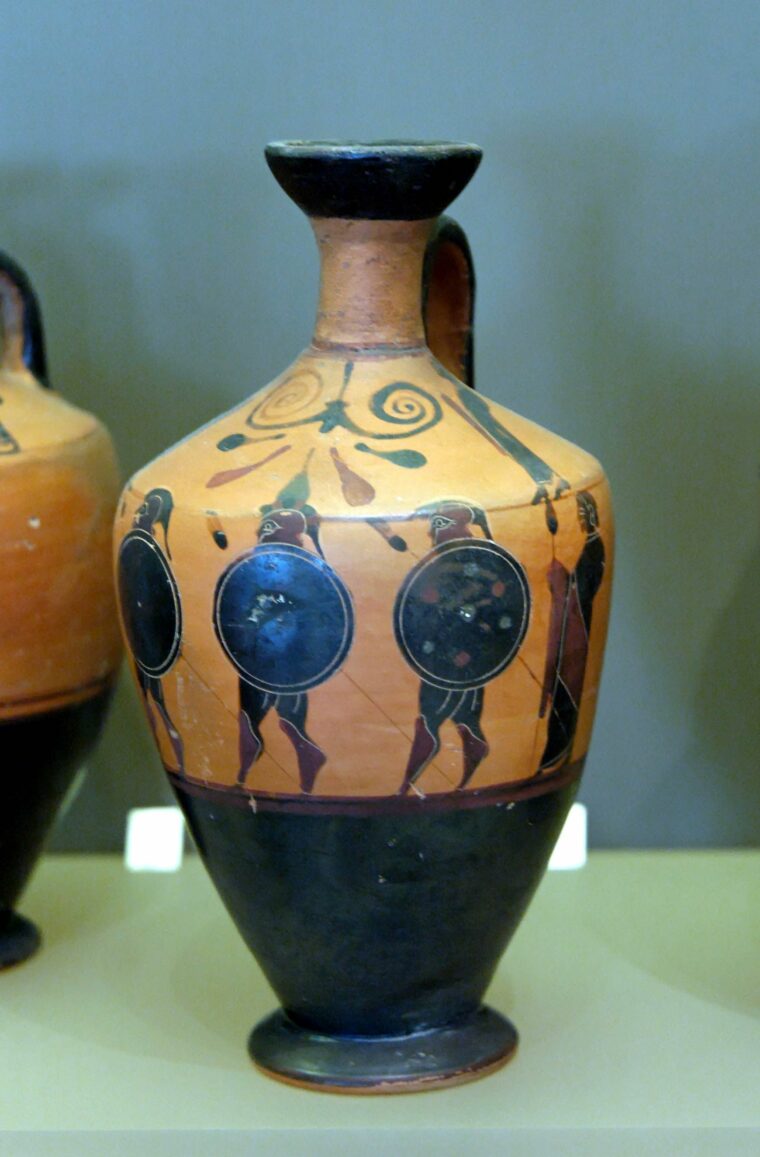
With Nicias’s forces now divided, one part on the Epipolae plain, the other far off at Plemmyrium, he had few options open to him. Surrounding Syracuse with walls in order to isolate it now seemed impossible. Even a strategic retreat across land was closed off since the Sicilians held the western pass and their forces at Labdalum cut off the north. However, there was still the sea. To keep their escape route clear, Nicias managed a bit of foresight and sent out 20 ships to intercept the Corinthian fleet then approaching.
Meanwhile, Gylippus began to build a counterwall on the plateau and regularly harassed the Athenians camped there. He sensed that Nicias was not up for a fight. The Athenian troops were ready and willing, but their orders were to hold their ground and not engage the enemy unless defending themselves. This damaged the morale of the soldiers, who had come all this way to fight the Sicilians and take Syracuse, not sit around on their haunches until their leader could figure out what to do.
Unfortunately for the invaders, Gylippus knew very well what to do. When Nicias sent soldiers to stop Gylippus from cutting off their northern wall, the enemy’s javelin throwers and heavy cavalry crushed the Athenian hoplites on their left flank and forced the troops back into the safety of their fort. Once the hoplites were safely tucked away, the Sicilians finished their counterwall and kept Syracuse open to their aid. The Athenian ships sent to intercept the Corinthian fleet also failed and the Corinthians sailed into the Great Harbor with 2,000 more trained fighting men. Gylippus used the new troops to secure the Euryalus Pass on the plateau, thus cutting off the Athenians from both the plain and the escape route to the north.
Nicias Loses More Supplies
Nicias could not ignore the obvious—his entire expedition was in danger of defeat. Yet he could not muster the moral courage to admit failure and return home to face the political fallout from such a disaster. Instead, he wrote to the Assembly at Athens, arguing that the Athenian leadership must either recall their forces or send massive reinforcements and more money. If he had hoped the assembly would choose the former, thus removing some of his responsibility for a retreat, he was wrong again. The Assembly decided that since he had nearly conquered Syracuse with what forces he had, surely he could lead them to victory if he got the reinforcements he asked for. They sent two additional commanders along with these reinforcements. Eurymedon would come immediately with 10 ships and 120 silver talents, and Demosthenes would follow with an even larger force.
The Assembly seemed to follow Nicias’s lead in making bad decisions. The solons directed their ships to attack the Laconia coast, blatantly violating the peace treaty between the two cities. Sparta was well aware of Athens’ drained resources in Sicily, and King Agis ordered his armies to begin ravaging the farmlands outside Athens in the spring of 413 bc. Cavalry that might have been sent to help Nicias in Sicily were kept home to hold the Spartan forces at bay.
As the attacks against Athens proceeded, Sparta also sent reinforcements to Sicily. Gylippus badly needed them. Despite his victories, keeping allied soldiers around Syracuse was quite expensive. Syracuse did not have a healthy treasury, and providing for foreign soldiers while building and manning warships was increasingly difficult. If Athenian reinforcements arrived and managed to retake the harbor, he might have to consider surrendering.
Gylippus had to act fast. He contacted Hermocrates, inside Syracuse, and they conceived a strategy whereby Hermocrates would send 80 triremes toward Plemmyrium as a distraction while, under cover of night, Gylippus led an army to take the Athenians by surprise. The Athenians, however, saw the ships coming and put out 60 of their own vessels to push them back. They fought the Syracusans to a standstill and sank 11 enemy ships while losing only three of their own. It would have been a resounding victory if the Athenians had not made a serious mistake back on shore. Nicias and his men watched the sea battle from the beach when they should have been keeping their attention on their backs. When Gylippus attacked on land, he caught them completely by surprise and captured the three forts the invaders had built there. Nicias’s soldiers scattered, losing their food and supplies yet again.
Taking Back the Great Harbor
Gylippus’s victory was devastating to the Athenian cause. News of the battle traveled swiftly throughout Sicily. Those cities that had remained neutral before now flocked to Syracuse’s side. Gylippus made sure that word reached Sparta as well, and he urged the Spartans to send out a fleet to cut off any supplies from Athens. He had Nicias on the run. The Athenians had lost their last base on the island; they were without food or supplies. Yet Gylippus knew that as long as the Athenian fleet controlled the harbor, reinforcements could still arrive in time to save them. For both sides, the clock was ticking.
Nicias, to his credit, did not panic. He gathered his men and kept them organized. When Gylippus sent a corps of Sicilian Greeks to run down the Athenians, Nicias sprang an ambush on them and bought himself more time. Gylippus attempted another two-pronged attack, sending soldiers overland as a diversion while Syracusan warships surprised the enemy in the harbor. But the Athenians expertly defended their southern walls and sent out their fleet to fight the Syracusans to a standstill.
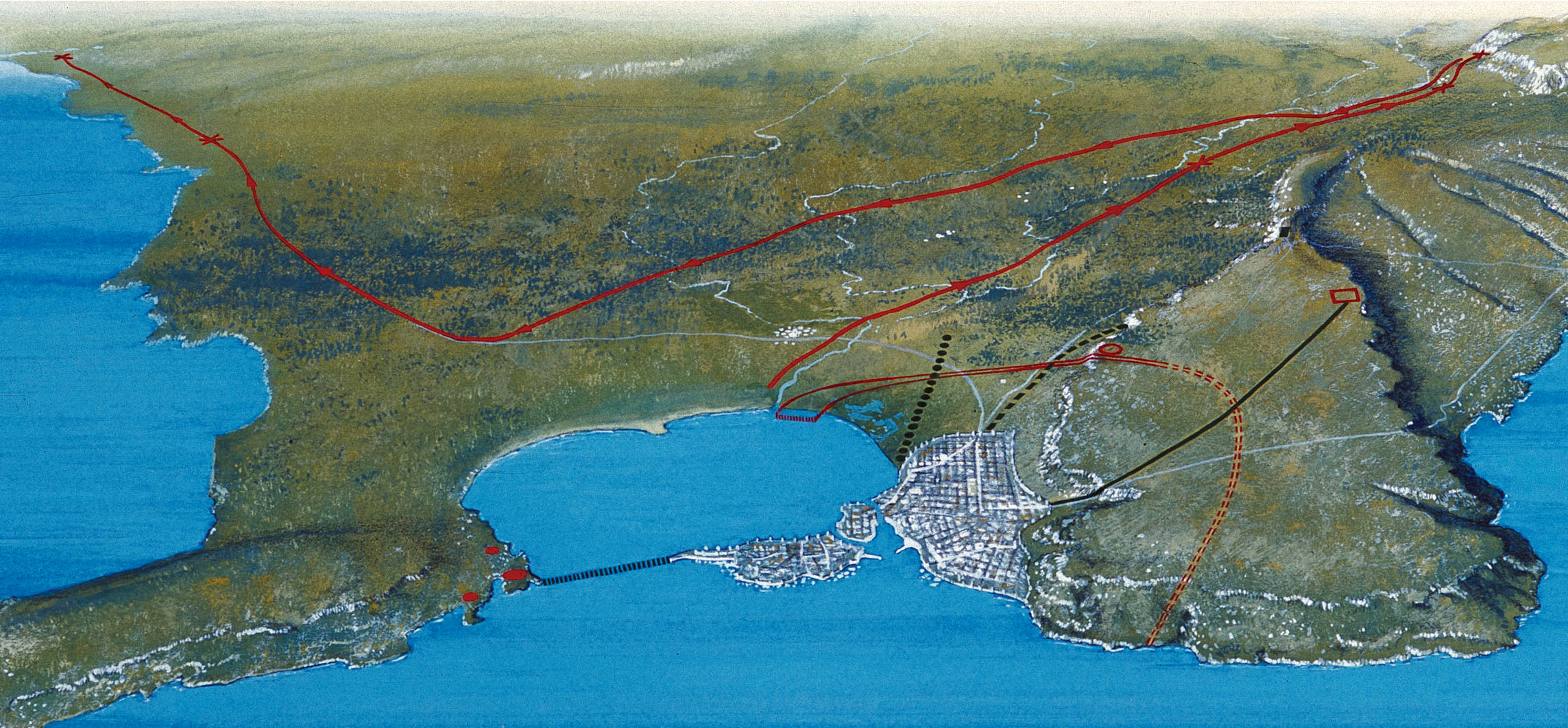
5. The Athenians build three new forts at Plemmyrium, overlooking the harbor. 6. The Syracusans block the harbor entrance. 7. The Athenian forces attempt to escape overland.
On the third day of the battle, the Athenians made another serious mistake. After failing to make any headway, the Syracusan fleet withdrew and headed for shore, where food merchants had gathered to feed them. The Athenians did the same, but before they could begin to eat, the Syracusans suddenly attacked again, catching the Athenians by surprise. Syracusan javelin throwers rained down death on Athenian rowers. The tactic was a shattering success. The Syracusan fleet destroyed seven Athenian ships and damaged several others. The Athenians retreated, badly beaten, and the Syracusans put up a victory trophy proclaiming to all that they now controlled the Great Harbor.
Crushing Defeat of Demosthenes
Nicias was on the brink of utter defeat when reinforcements arrived. Demosthenes and Eurymedon landed with 73 ships and nearly 5,000 hoplites, along with much-needed supplies and food. Nicias linked his army to that of Desmosthenes and waited for the new general to plan their salvation. Demosthenes did not hesitate. While the Athenian armada cut off Syracuse from the sea, they needed only take the walls at Epipolae to surround Syracuse and force its surrender. Demosthenes’s plan was bold and direct, a fast solution to the seemingly endless battle. Unfortunately for the Athenians, it did not work as planned.
The first assault failed. Demosthenes planned the next attempt at night. Some 10,000 soldiers, a mixture of hoplites and light infantry, poured through the Euryalus Pass and took the fort there, then hurried forward and captured the counterwall. But just as the darkness had helped them secure their initial victories, it now betrayed their efforts, causing confusion and spreading chaos. Gylippus sent reinforcements against the advancing hoplites and managed to turn back the Athenians. As more Athenians hurried across the plain, they saw figures running toward them. In the darkness they could not tell if they were friends or foes. Some Athenians attacked, others retreated. Friends began to fight friends. To the badly rattled Athenians, the enemy seemed to be everywhere.
The Syracusans, still organized, continued to push. Panic erupted in the Athenian ranks. Many tried to escape by jumping from the cliffs, only to find the drop much longer than they had thought. Others were herded forcibly over the edge. By daybreak the Athenian reinforcements were scattered on the plain, wandering about blindly as they were hunted down by Syracusan cavalry.
The bold and direct stroke by Demosthenes had turned into the worst Athenian disaster yet. Nearly 2,500 men were dead. The plateau still belonged to Gylippus. Struck by low morale and malaria, the Athenians listened with relief as Demosthenes recommended that they cut their losses and head for home. Surprisingly, Nicias did not agree. His spies within the city walls assured him that the Syracusans were in dire financial trouble and would probably surrender any day. Demosthenes and Eurymedon voted to return home, but Nicias’s other generals, Menander and Euthydemus, voted to stay. A suggestion to find a stronger position farther north, along the coastal cities, was also voted down. The Athenians stayed where they were and continued to die of disease in the swamps.
A Failed Naval Breakout
Eventually, the situation grew so bad that Nicias turned his mind to escape. Morale was at its lowest ebb; the Athenians had been trained to fight to the death at the hands of their enemy, but they found no honor or dignity in dying a slow, feverish death from disease. Finally, Nicias acceded to the wishes of his men—they would attempt to escape under cover of darkness.
In their weakened state, superstition played havoc on their plans. On the night of August 27, 413 bc, the moon was wholly eclipsed by the shadow of the earth. A soothsayer among the soldiers advised Nicias to wait “thrice nine days” before setting sail. With the moonlight shut off for an hour, the entirety of his forces could have snuck away, but Nicias took the soothsayer at his word and ordered his men to remain in the swamp outside Syracuse for the next 27 days.
The Syracusans used the time to gather more allies and strengthen their navy. Then Gylippus attacked the Athenian southern walls while the Syracusans sent their fleet, totaling 76 triremes, to confront the madly scrambling Athenians. Eurymedon and Menander commanded the Athenian fleet. The Syracusans broke through Menander’s center, then attacked Eurymedon on the right wing, destroying seven Athenian ships and killing Eurymedon. By the end of the day, Nicias had lost 18 triremes and all of their crews. It was a particularly embarrassing failure for the preeminent Greek naval power. The Syracusans built on their victory by imprisoning the Athenian fleet inside the harbor, anchoring triremes across the entrance and linking them with great iron chains to form an impenetrable sea wall.
The Athenian invasion had turned into a desperate fight for survival. Nicias spoke to his men on the beach and aboard the triremes, encouraging them to uphold their honor. While he was exhorting his troops, Syracusan soldiers began to line the shore, watching. When Nicias gave the command, the Athenian captains aimed their ships at the mouth of the harbor and rushed the small opening the Syracusans had left for their own ships to come into the harbor. They immediately overwhelmed the enemy. The Athenians cut the chains linking the Syracusan ships, only to see more Syracusan ships attacking from their rear. Nearly 200 ships fought, in such close quarters that neither side could effectively ram the other. Hand-to-hand combat was the order of the day. The Syracusans finally chased the Athenians back into the harbor. Nicias’s men deserted the ships and ran for their camp, seeking the protection of their comrades.

The Athenian Retreat
Demosthenes suggested that they attempt another breakout at daybreak. But the morale of the Athenian soldiers had been crushed—they refused to take to sea again, insisting upon a land escape. The Syracusans, meanwhile, also suffered a collapse in discipline. In the giddiness of their victory, many of the men became incapacitated with drink. Gylippus, realizing his mistake in allowing the premature celebration, knew he had to find a way to delay the Athenians until his men were sober again. After some discussion, he sent decoys to the Athenian camp who convinced the Athenians that they were allies, working within Syracuse to hand the city over to Nicias. They warned the Athenians not to try to escape that night, since the Syracusans were guarding all the roads.
The ruse worked. Nicias kept his men in camp, instructing them to supply themselves for a long walk away from Syracuse. By then, the Syracusans were sober and alert once more. The subsequent retreat of 20,000 Athenian soldiers from their camp was an ignoble one. The sick and wounded called out for help, but their cries went unanswered. The dead lay unburied all around them. Nicias tried to encourage his men as best he could, but he was tired and ill himself. Nevertheless, his planned route was a good one. They would march west, past the plain of Epipolae, then head north toward Catana, where they could rest and gather additional supplies.
Four miles outside Syracuse, they were attacked. The Athenians rallied and broke through, but the enemy cavalry continued to rain missiles down on them as they passed. Soon water and food became an issue for the Athenians, and they had to stop to search for supplies. The Syracusans walled them in against the foot of a large cliff, and the Athenians were forced to seek another route to Catana. They were immediately set upon by Syracusan cavalry and javelin throwers. Nicias’s men fought bravely, falling back on their training, and managed to hold off their attackers for another day.
The situation was desperate. The Athenians turned southeast, following a river they hoped would take them to Catana by a more indirect route. At night they lit campfires, hoping to trick the Syracusans while they snuck away under cover of darkness. Nicias led the way with a select few men, while Demosthenes followed with the rest of the army. They made their way toward the seashore, then turned toward the Cacyparis River, intending to meet up with friends from Sicel who would escort them to Catana. The Syracusans were not fooled. They attacked again.
On the sixth day of the retreat, Syracusan cavalry attacked Demosthenes’s army with full force. They managed to cut off the Athenians in an olive grove and continued to kill them throughout the afternoon. Demosthenes, surrounded, could not break through and join up with Nicias. The situation was hopeless. At the end of the day, Demosthenes surrendered his 6,000 and tried unsuccessfully to kill himself with his own sword.
Final Disaster For the Expedition
Nicias heard about the capture the next day from the Syracusans themselves, who ordered him to surrender as well. Nicias made a counteroffer: Athens would pay for the damage done by the war if the Syracusans would let his army go. He promised to leave behind one soldier for every talent of damages. Seeing full victory in sight, the Syracusans naturally refused his offer. They surrounded Nicias and his men and rained missiles down upon them. Night came again and the Athenians attempted another escape, but only 300 broke through. The rest remained trapped along with Nicias.
The next day, Nicias attempted to break through and lead his men to the nearest river, the Assinarus, three miles to the south. Enemy missiles fell and cavalry attacked, but the surviving Athenians made it to the river, falling on the rushing water like madmen. Thucydides recounts that many of the men were trampled to death, while others fell accidentally on their own swords or were swept away by the river. While the parched Athenians gulped hungrily at the water, the Syracusans stood on the steep opposite bank and threw javelins at them at their leisure. The Spartans then came down from the plain, having traveled far to kill Athenians, and joined merrily in the slaughter.
The killing did not end until Nicias gave himself up to Gylippus. Of the 20,000 soldiers who had set out from the Athenian camp at the Great Harbor eight days before, only 6,000 remained. The great Athenian army was completely destroyed. Although Hermocrates and Gylippus argued that the lives of Nicias and Demosthenes should be spared—Hermocrates out of decency, Gylippus so that he could revel in the glory of bringing them back to Sparta with him—the Syracusans shouted them down. The bedraggled Athenian generals were executed. The survivors were made slaves for life.
The expedition had been a badly planned one from the start. The removal of Alcibiades, the absence of cavalry, and Nicias’s fatal hesistancy all contributed to a disaster of major proportions. Its navy and army both lost on a distant island they never should have invaded in the first place, proud Athens was knocked to its knees. Although it would be several more years before Athens finally surrendered to Sparta and ended the Peloponnesian War, the debacle at Syracuse had laid the groundwork for that defeat. Never again would Athens flourish—its days of glory were at an end.

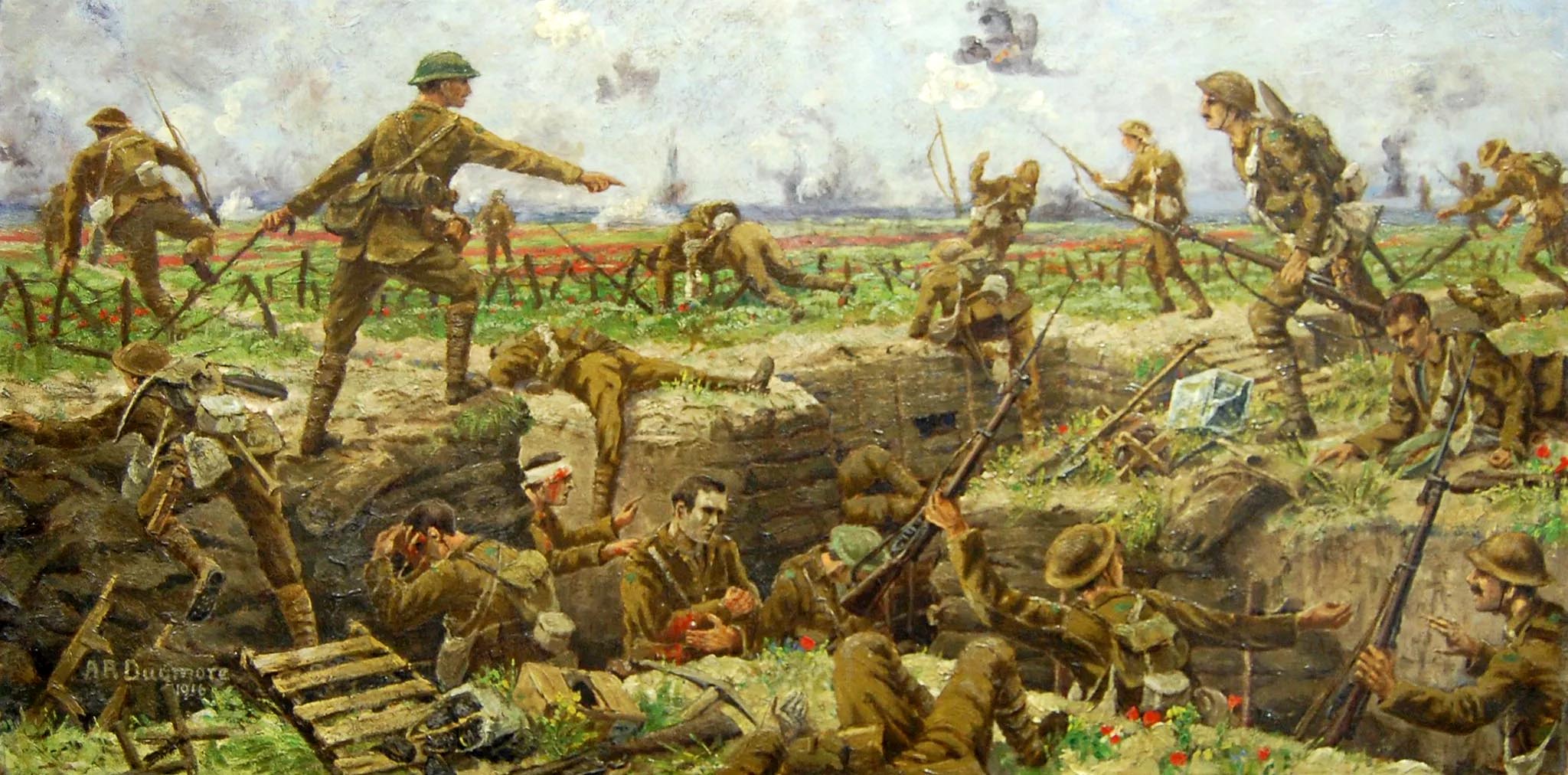
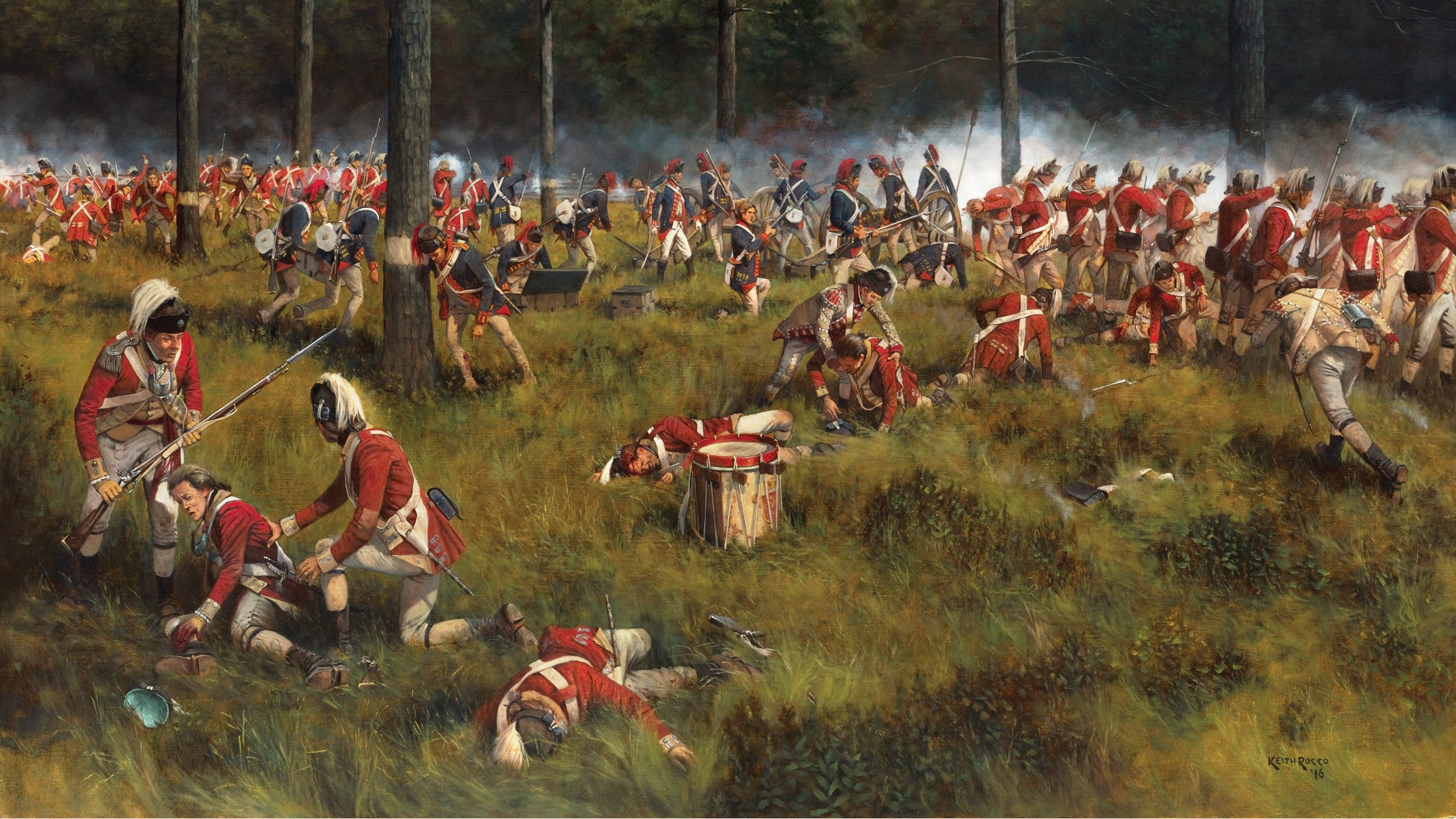
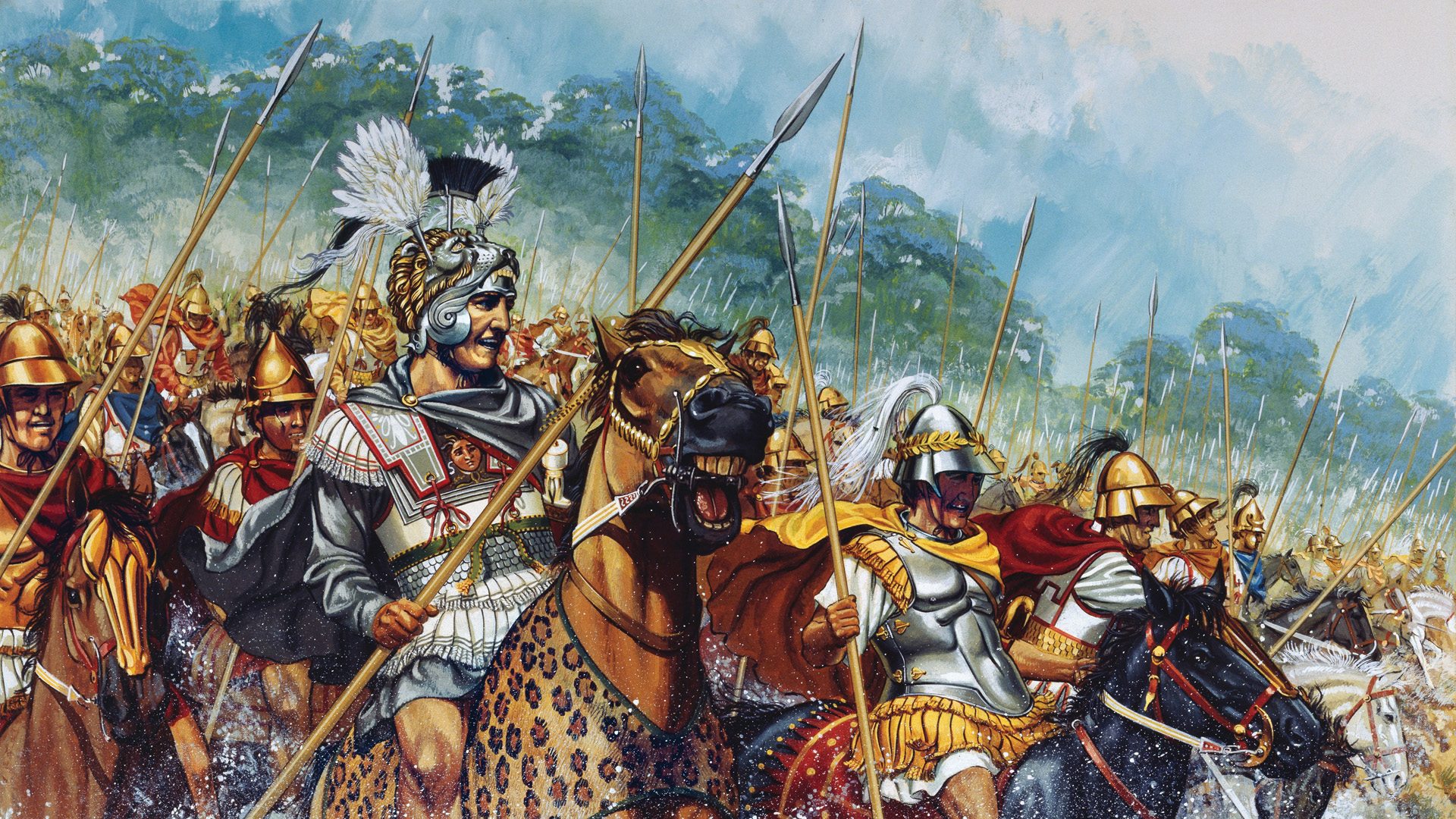
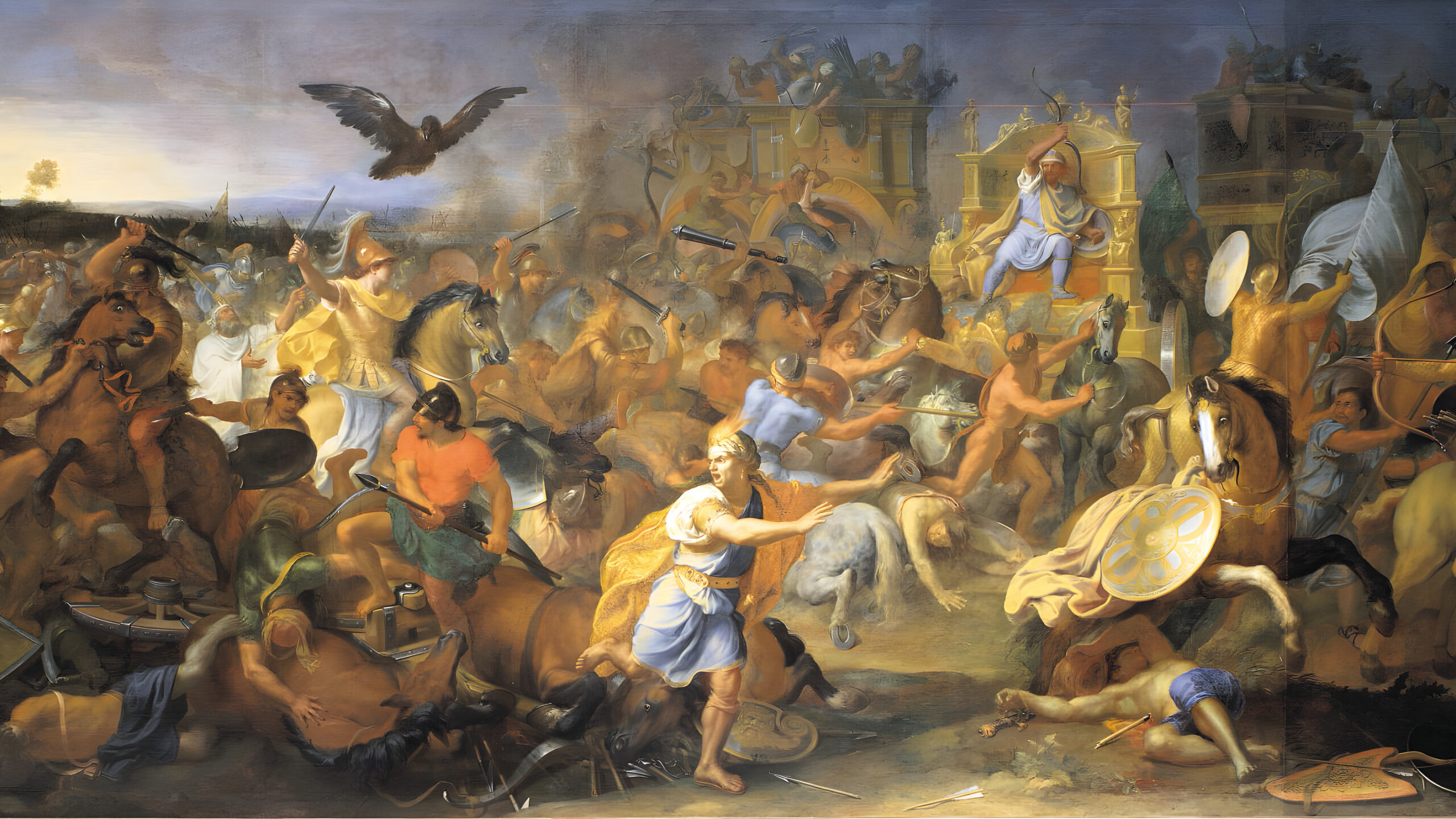
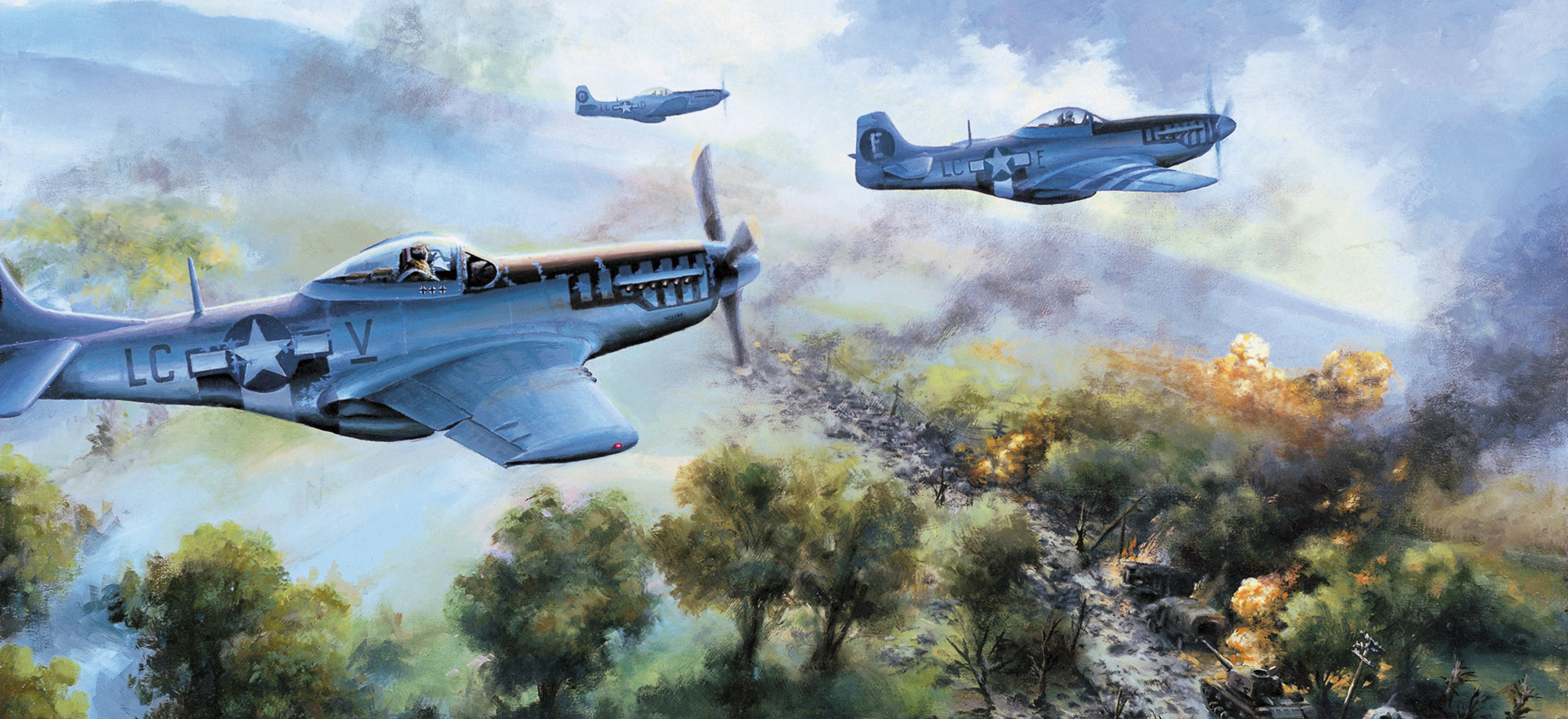


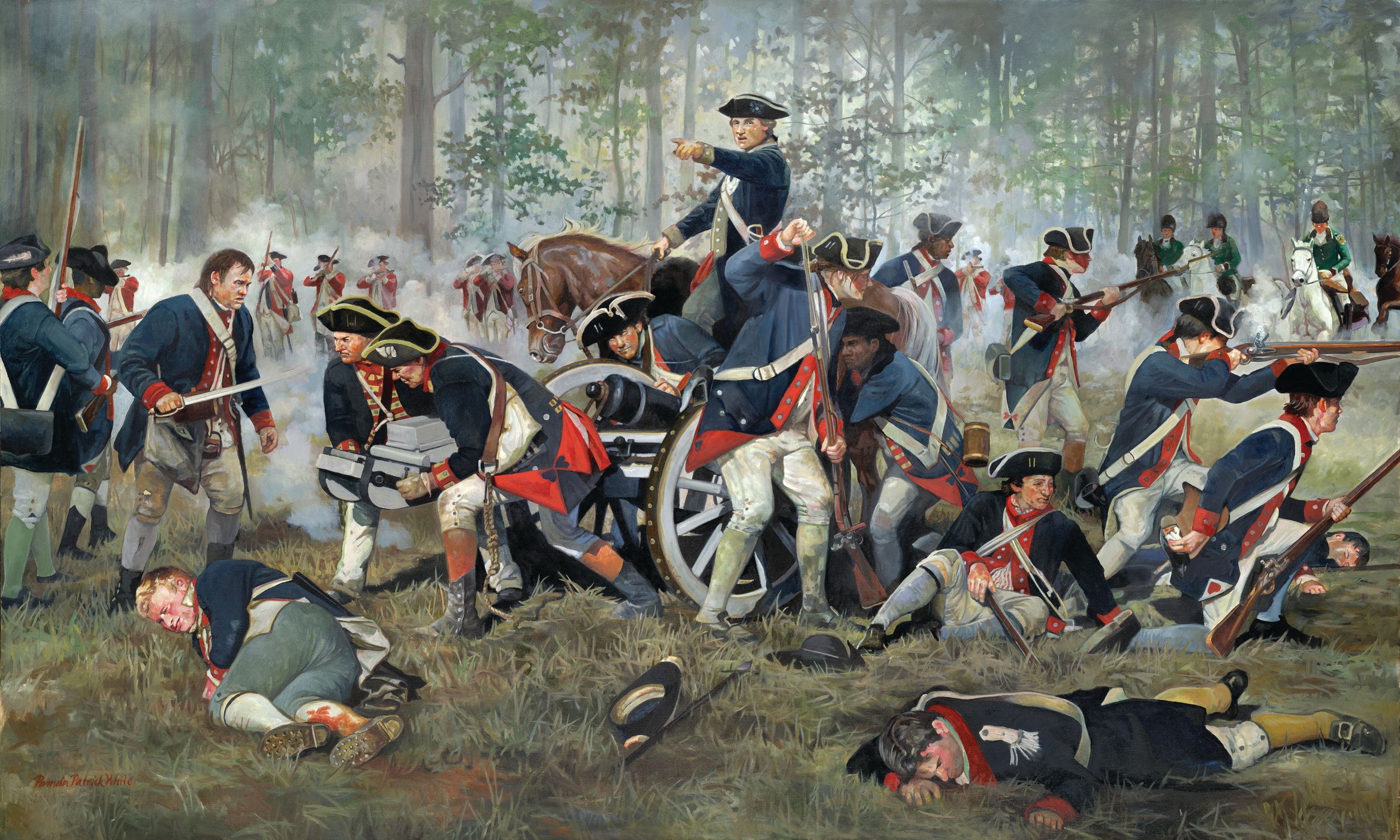
Join The Conversation
Comments
View All Comments